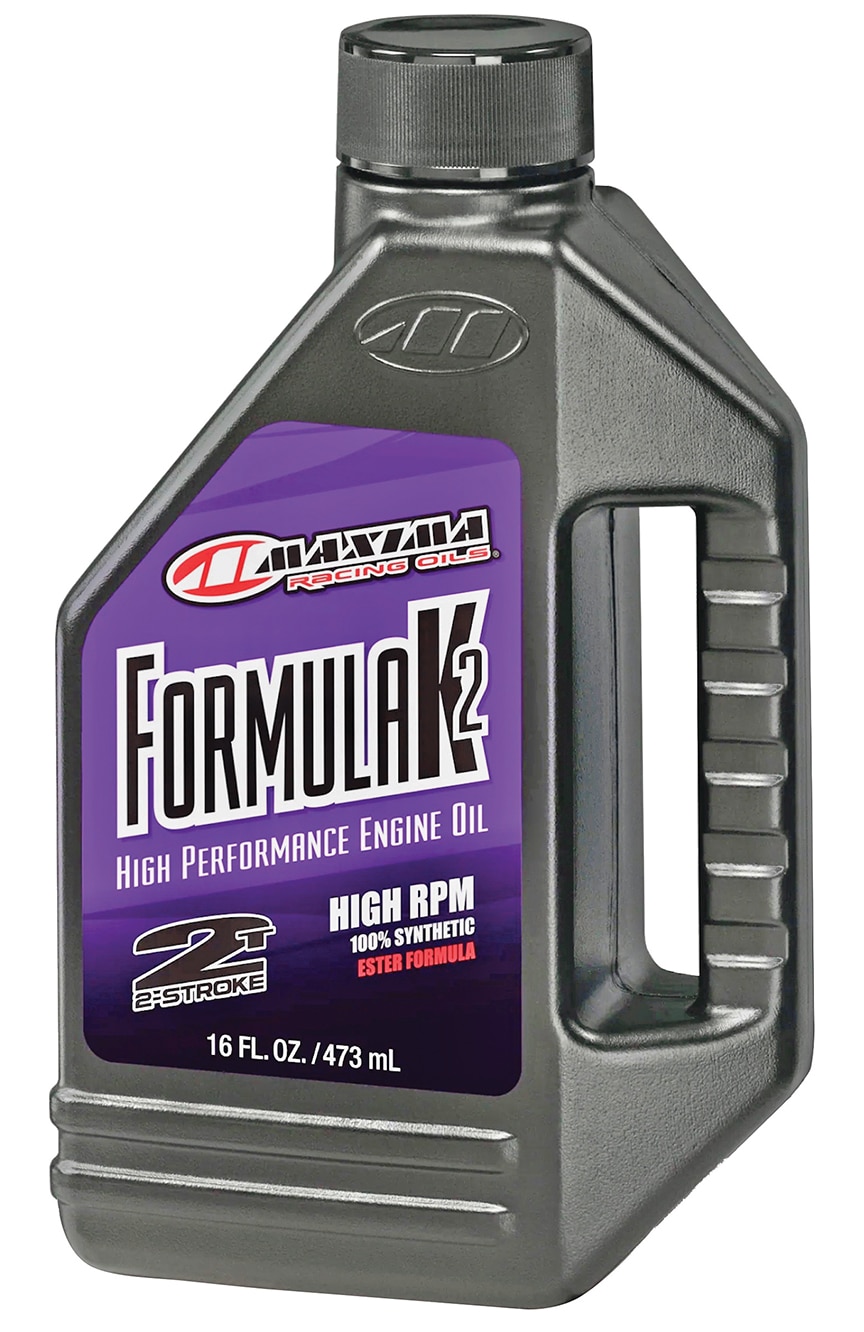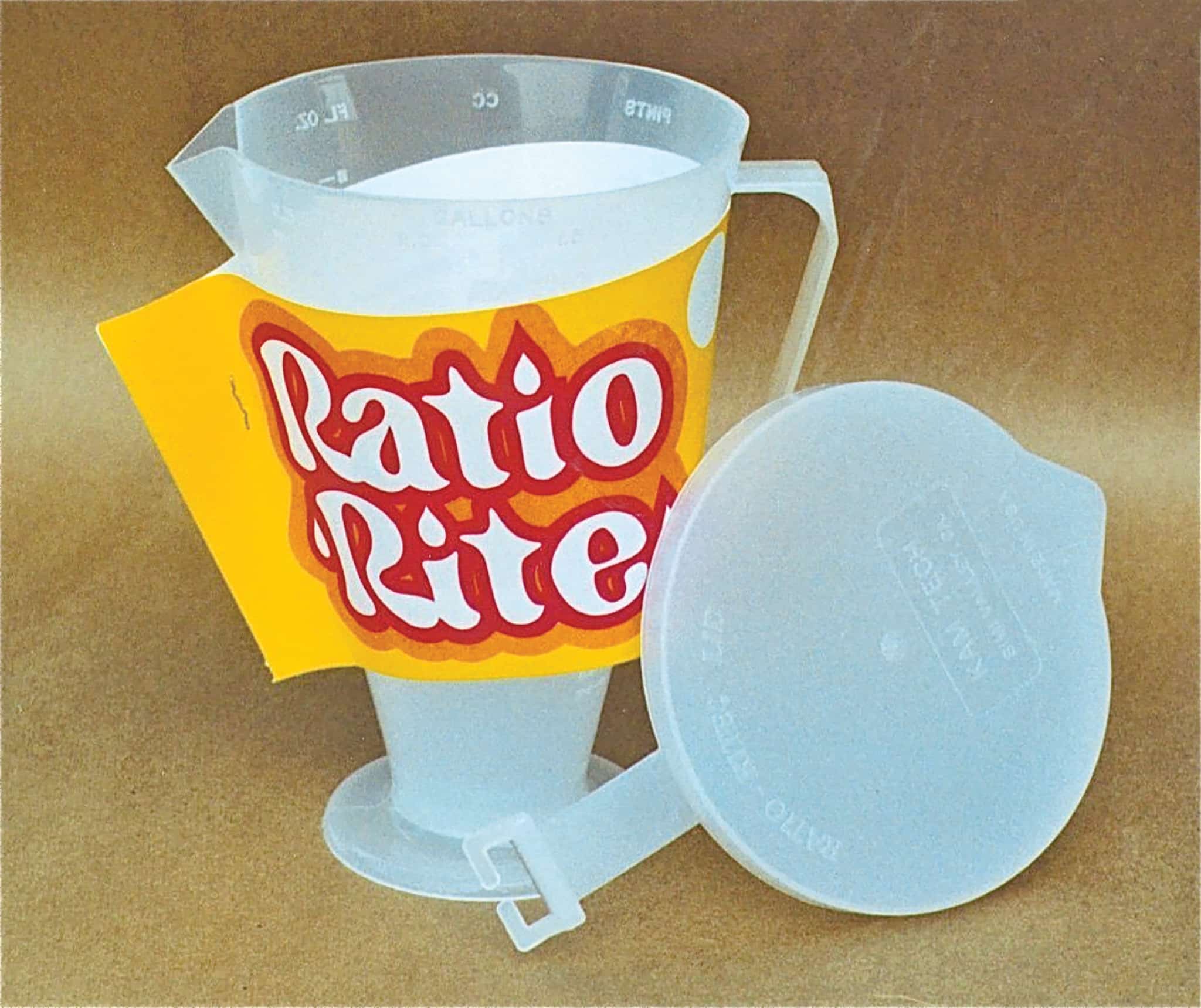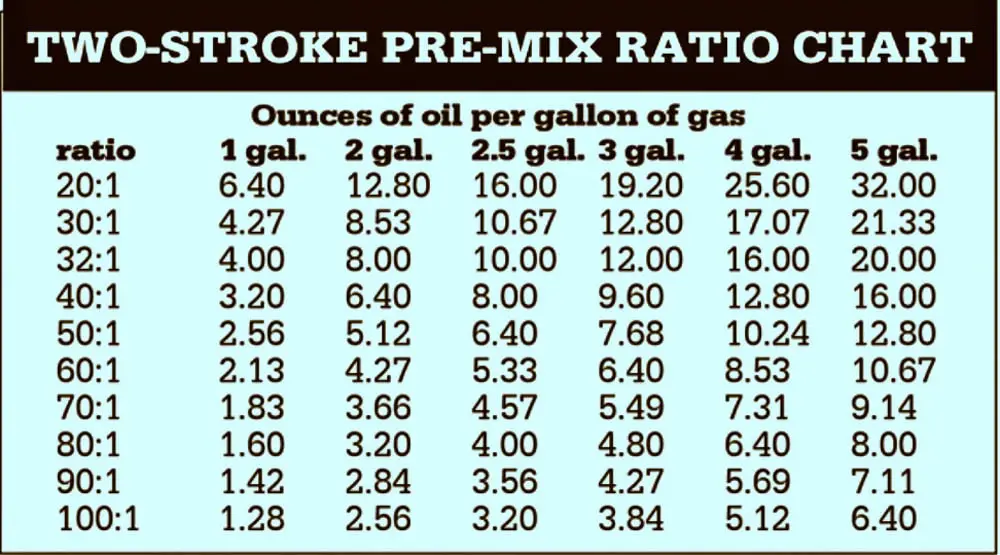ASK THE MXPERTS: THE REALITIES OF PRE-MIX RATIOS
ASK THE MXPERTS: THE REALITIES OF PRE-MIX RATIOS
 There are lots of good two-stroke pre-mix oils. MXA runs Maxima Formula K2 in our test bikes, but any quality oil will work if you mix it in the proper ratio with fresh, quality gasoline.
There are lots of good two-stroke pre-mix oils. MXA runs Maxima Formula K2 in our test bikes, but any quality oil will work if you mix it in the proper ratio with fresh, quality gasoline.
THE REALITIES OF PRE-MIX RATIOS
Dear MXperts,
I’m coming off of a fuel-injected KTM 150 XC-W. It was my first new bike, but it blew up, and now I’m replacing it with a used 2023 GasGas MC125. It doesn’t have an oil tank like my 2024 EFI KTM. What do I need to know about pre-mixing gas and oil?
Modern motocross suspension is fine-tuned by a simple turn of the clickers. Engine jetting is perfected by moving a clip, turning a screw, or swapping a jet or needle. Even ignition curves can now be adjusted on a laptop computer. But for racers who ride two-stroke motocross bikes, their go-go juice is the result of pouring oil and gas into a can and shaking it like a James Bond martini. Low tech at its best! Roger DeCoster, Torsten Hallman and Ake Jonsson mixed their fuel in the ’70s, and the two-stroke racers of today can follow their lead.
Since there hasn’t been an oil-injection pump on a carbureted motocross bike since the 1972 Suzuki TM400, although your KTM 150was one of those. So, it is good that you are giving serious thought to life with pre-mix.
All the members of the MXA test crew told us what pre-mix they run and at what ratio. Guess what? Their pre-mix gas-to-oil ratios varied from 32:1 to 60:1. They based their choices on past experience. When we asked them to recommend a pre-mix oil and ratio, Maxima Formula K2 at 40:1 got the most votes.
Owners’ manuals are written for riders everywhere in the world. Not all places on the planet have high-quality gasoline, and not all racing oils are of the same quality. If you don’t have quality gasoline, at the very least you need quality oil.
What dictates the proper oil/gas mixture? Three things dictate oil usage: oil quality, engine size and engine usage. For example, if you are running a model airplane engine, you have a small-displacement engine that runs at a very high rpm. Oil migrates through this engine at a high rate of speed (referred to as the engine’s air speed). The tiny piston is running at 30,000 rpm, so you need a ratio as high as 10 to 12 ounces of oil per gallon to reach proper lubrication.
Now, look at a large engine, like you’d find in a personal watercraft (1200cc). It runs in the 7500-rpm range, so the oil stays in the engine 10 to 12 times longer. The oil has a longer migration time. In this case, you could probably get away mixing in as little as 2 ounces per gallon.
Engine usage has to be taken into consideration too. The same-size engine that is used for motocross can run less oil than if it is used for a high-revving sport like karting.
What is the best ratio? If you stick to high-quality lubricants, we recommend a 40:1 ratio for 125cc and under bikes, but some test riders run 32:1 or 50:1 on 250cc and 300cc engines.
Can’t you just run more oil to play it safe? No! Too much oil will coat the combustion chamber. The oil becomes a temperature barrier, and that raises engine temperatures. This will lead to detonation.

What’s the best way to mix oil and gas together? First and foremost, don’t pour oil into your bike’s gas tank. The only surefire way to mix your oil and gas is to measure the proper amount of oil in a Ratio-Rite beaker, and then pour it into the bottom of an empty gas can. Once you have the oil in the gas can, add half the gas you are blending. Seal the gas can and shake it strenuously. Now, add the rest of your fuel.
How much fuel should a rider mix up in advance? Mix just enough fuel for a two-week period (at the most). High-quality oils do a decent job of staying blended, but the gasoline has aromatics that can leach through any plastic gas can over time. Bottom line, mix it and use it. Don’t mix it and store it. Plus, remember that the fuel in your bike’s gas tank is totally vented, which means that gas left in the tank after a race will lose its punch faster than gas in a sealed metal gas can.
Does pre-mix oil have long shelf life. The oil’s solvent content might evaporate over a three- or four-year period, and a bottle could theoretically develop condensation, but it is not something you need to be concerned about—as long as the bottle is sealed tight. The biggest problem with old oil—and we’re speaking in terms of years, not months—is that oil technology changes every year. That old stuff is not going to be as good as what is available today.
Can I dump left-over pre-mix into my truck to get home from the races? That depends on how old your pick-up truck is. Older engines relied on simpler fuel delivery systems like Throttle Body Injection (TBI) and have less sophisticated valve-timing control. Modern engines feature advanced electronic control units (ECUs) and various sensors that optimize performance. Dumping premix in an old vehicle probably won’t hurt anything, because pre-mix is mostly gasoline with a small percentage of oil, so it’s not really enough oil to gum up the works. However, a regular diet of pre-mix oil could damage the catalytic converter, oxygen sensors and other emissions components on modern cars and trucks. Two-stroke oil is designed to be burned with the fuel, and that is not how a truck engine works today.







Comments are closed.